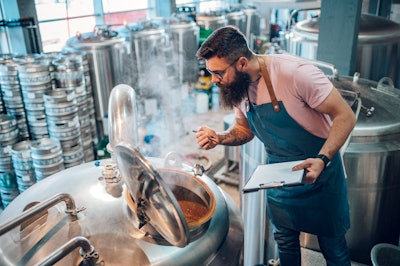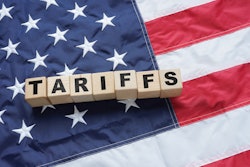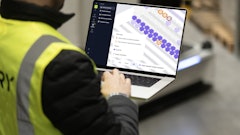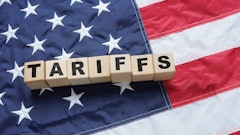
Tariff uncertainty continues to cause unprecedented disruption across industries, but one unexpected finding has been what these changes reveal about shifting consumer behavior. As tariffs drive up prices and limit supply, consumers’ brand loyalty is wavering. This creates a host of new challenges, but on the flip side - opens new doors. Brewers must ask themselves how they can successfully navigate these shifts. In short, the road starts with data. Amid an industry rife with change, predictive and prescriptive analytics can help brewers model future scenarios, optimize production decisions, and align with evolving consumer expectations.
Market disruption and changing consumer preferences
From the aluminum used in cans to the malt barley essential to brewing itself, tariffs on key Canadian imports are contributing to price increases that are directly influencing how, what, and where Americans drink. Suppliers are forced to reevaluate their processes as margins narrow, and input costs rise.
A recent survey commissioned by Qlik and conducted by Wakefield Research found that 81% of U.S. adults aged 21 and over anticipate rising beer prices due to these tariffs. Of those respondents, nearly two-thirds (64%) said they would likely cut back on consumption if prices jumped. Younger consumers, particularly those in Gen Z, appeared even more sensitive to potential cost increases, highlighting how generational expectations may accelerate stronger shifts. For breweries, this is a clear signal to refine demand forecasts and employ price-elasticity models that anticipate when and which consumers will pull back.
Beyond just drinking habits, the survey pointed to shifting loyalties: 31% of participants said they’d be more inclined to buy imported brands if the beer were brewed domestically. This indicates an increasing openness to local production and readiness to trade origin for affordability and convenience. Conversely, should prices climb by 20% or more, only about one in five drinkers would continue purchasing their favorite imported beers, underscoring the inconsistency of brand allegiance. Brewers must reexamine their production and distribution strategies to adapt to new consumer flexibility.
A data-led shift to domestic brewing
Traditional “import” beer brands can utilize domestic contract brewing to avoid import related costs. According to Statista, in 2023, about 68% of U.S. beer consumption was attributed to domestic beer, underscoring consumer preference for locally brewed options. The industry has already begun responding to this growing trend with Guinness now operating breweries in Maryland and Illinois; examples of how even globally recognized companies are beginning to localize operations. By producing domestically, companies can not only avoid tariff disruption, but can also reduce shipping costs, and respond faster to demand fluctuations.
Utilizing predictive and prescriptive analytics can help companies make this transition by supporting fast decision-making and localizing operations. By testing various scenarios using AI-powered analytics, suppliers can determine how stateside production will affect elements like profit, brand loyalty, and availability. Companies overall benefit through resilience to policy shifts, lower logistic costs, increased agility, and long-term competitive advantage.
AI analytics to drive competitive edge
Through the use of AI analytics, breweries can optimize decision-making and production while replicating market trends and consumer behavior. Predictive analytics can allow companies to anticipate price changes in ingredients that may impact profitability, forecast demand across different regions and demographics, and model price elasticity of consumer demand. These tools provide companies with the ability to not only understand current conditions, but to anticipate what’s likely to happen next. Prescriptive analytics take this a step further by utilizing tools to inform decision-making as a result of the forecasts. Suppliers can determine the best methods for distribution to reduce lead times, recommend changes in suppliers, and evaluate oversea production versus opening domestic facilities.
Using predictive and prescriptive analytics allows breweries to challenge their operations and shift from a reactive model to a proactive one, helping businesses to stay resilient in the face of unpredictable threats like trade policy shifts. AI insights can enable smarter and faster decision-making by automating complex processes, using diverse data sources, and delivering real-time insights. A study by MIT CISR found that top-performing companies leveraging real-time data are 22% more operationally efficient than their lower-performing peers, emphasizing how real-time analytics can directly fuel smarter supply chain strategies. The key to success in the unpredictable and ever-changing industry is fast implementation and data literacy to allow increased efficiency and growth.
Brewing a successful future
Relying on gut instinct or quick fixes just isn’t enough. The breweries that manage to stay competitive over time are the ones paying close attention to their data. Specifically, tools like predictive and prescriptive analytics can allow companies to not just to react or understand changes after the fact, but to get a clearer picture of what’s coming ahead before it hits them.




















